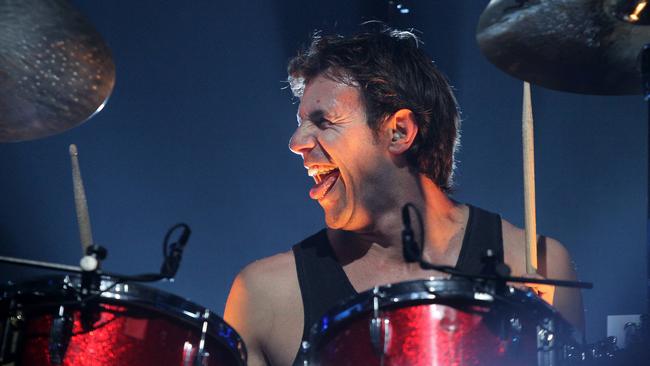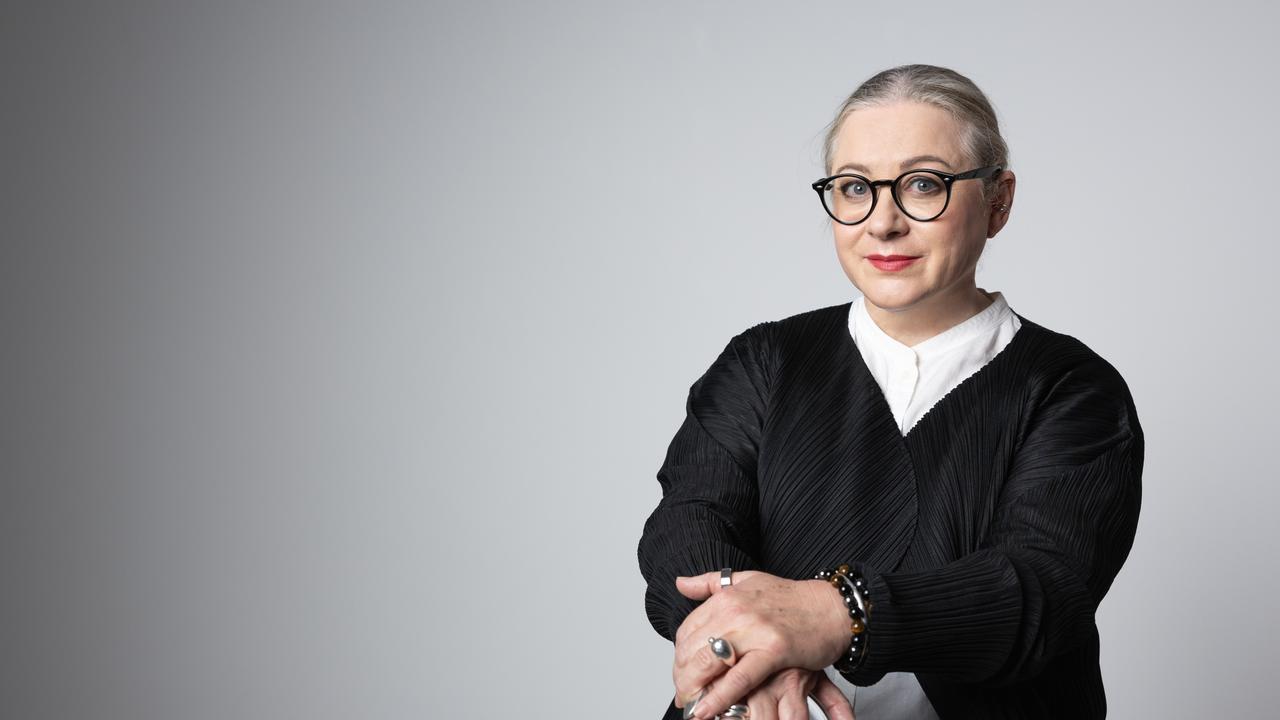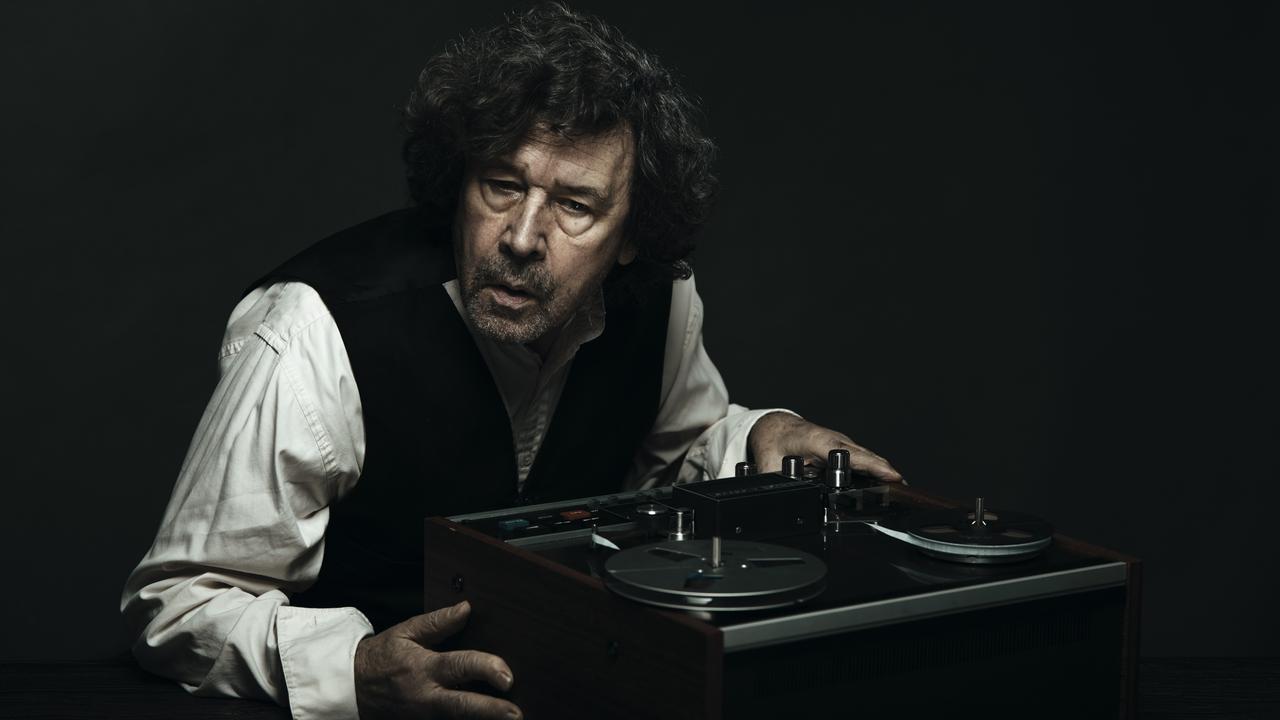World Hearing Day: caring for your ears in world of loud music
World Hearing Day presents an ideal opportunity to discuss an aspect of music that’s often overlooked: caring for your ears.

Today is World Hearing Day, as designated by the World Health Organisation, which presents an ideal opportunity to discuss an aspect of music culture that’s often overlooked: caring for your ears. For today’s Review cover story I spoke with several well-known Australian artists — including members of Powderfinger, the Go-Betweens and the Church — who have been affected by hearing loss as a result of their creative expressions. It’s a subject I care deeply about, and I hope that after reading it you might consider your own relationship with loud music.
I have been an avid earplug wearer for more than a decade of attending and reviewing concerts. I shudder to think of the damage I might have done if I had heard several hundred performances — including five shows by Irish rock act My Bloody Valentine, arguably the world’s loudest band — naked, so to speak.
Earplug quality ranges from foam cheapies (bad, but better than nothing) to $30 off-the-shelf products such as Hearos (good) and custom plugs that are moulded to your ear and fitted by an audiologist (best). The latter cost a couple of hundred dollars, but should be considered an investment in your long-term health, in the same way that a sturdy, broadbrimmed hat will protect your skin from the sun.
Good quality earplugs tend to make live music sound better, as they are designed to give an even attenuation of potentially damaging frequencies without impeding the bodily, sensual experience which is a big part of why we love to witness performances in the flesh.
Unfortunately, anecdotal evidence suggests I’m in a minority here. While watching Seattle indie rock band Car Seat Headrest at the excellent, family-friendly Sydney City Limits festival last weekend, for instance, I saw a young girl of about 10 bopping along wearing orange foam earplugs. Behind her stood her parents, who chose not to wear any hearing protection. Even among my regular gig-going friends, only a couple have ever made an investment in their aural health; the rest generally complain of ringing ears as we leave the venue. That sound? It means you hurt your ears.
I encourage regular use of earplugs as it’s the one immediate change you can make to reduce your potential hearing loss, short of avoiding live music altogether — a drastic idea which, frankly, is unimaginable. But I do want to point out that plugs alone aren’t the answer.
While I was researching this story, National Acoustic Laboratories researcher Elizabeth Beach mentioned the “rock and roll threshold theory” of how loud music tends to create positive sensations in listeners — up to a point.
“The idea is that for most people, sound around 96 or 100 decibels is loud enough to stimulate the vestibular system, and give you that feeling that you’re immersed in that sound, and you can feel it throbbing in your body,” Beach tells me. “So you don’t actually need to turn it up to 11 to achieve that; anything around eight or nine is going to give you that feeling. What we would really hate to see is if everybody at bigger gigs — musicians and patrons — was wearing earplugs. What we’d actually want to see is a shift where sound levels drop to the extent that you don’t need earplugs all the time.”
This view is shared by Melbourne audiologist and PhD student Siobhan McGinnity, who also performs indie pop under the stage name Magnets. “There is a huge amount of stigma and stereotypes surrounding earplug usage,” says McGinnity, who has had tinnitus since her early 20s as a result of loud music exposure. “It’s not too dissimilar from the stigma we see surrounding hearing aids. It shows itself to me when I’m dealing with people who are becoming deaf, who say, ‘Oh no, I really want to make sure that no one can see my hearing aid.’ There is this constant drive to hide their perceived shame of having a sensory loss. It’s going to take a big cultural shift to see our ears with more respect than we currently pay them.”



